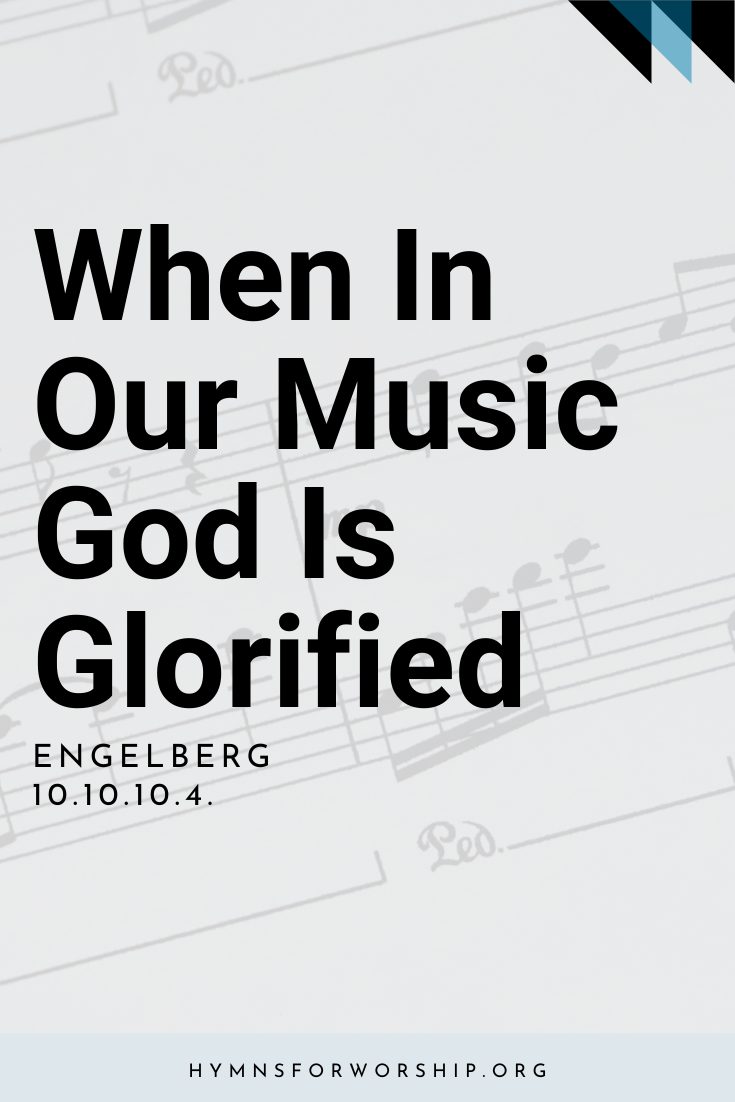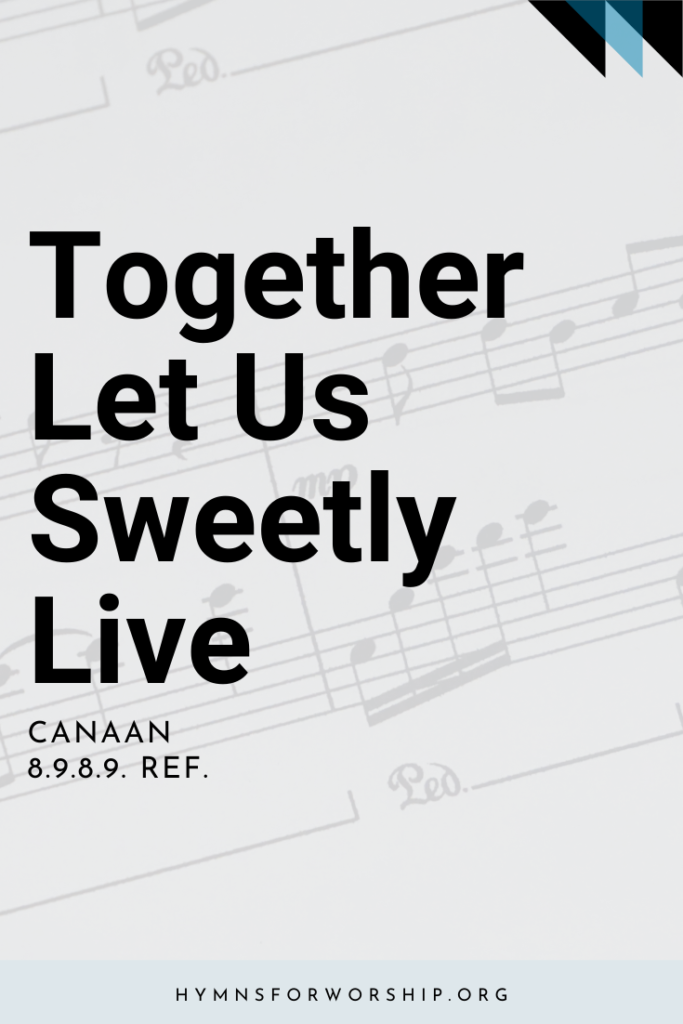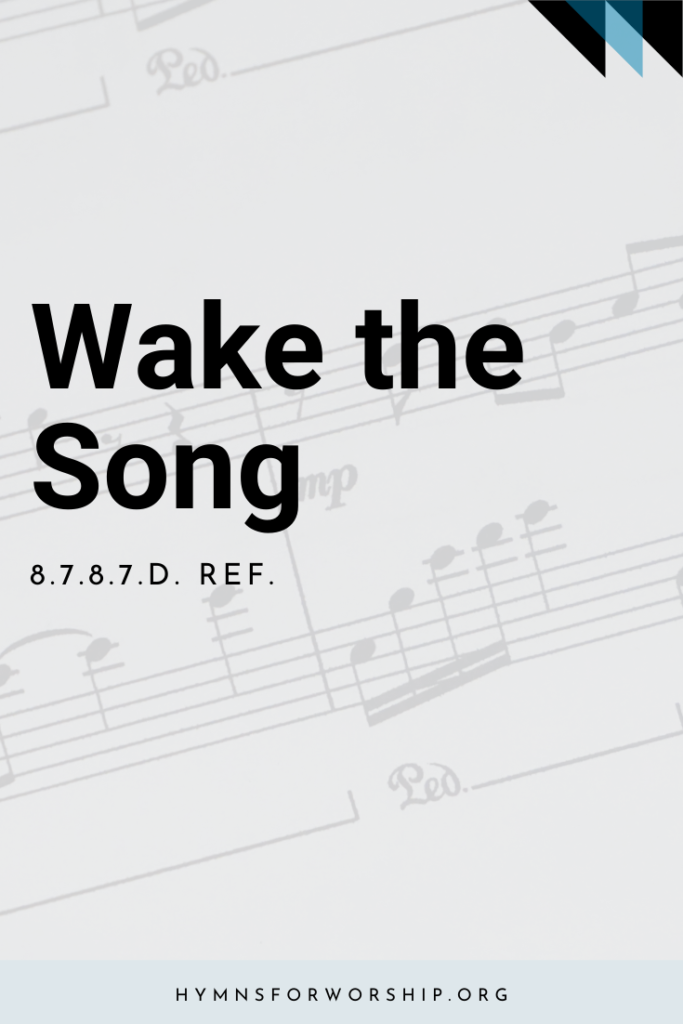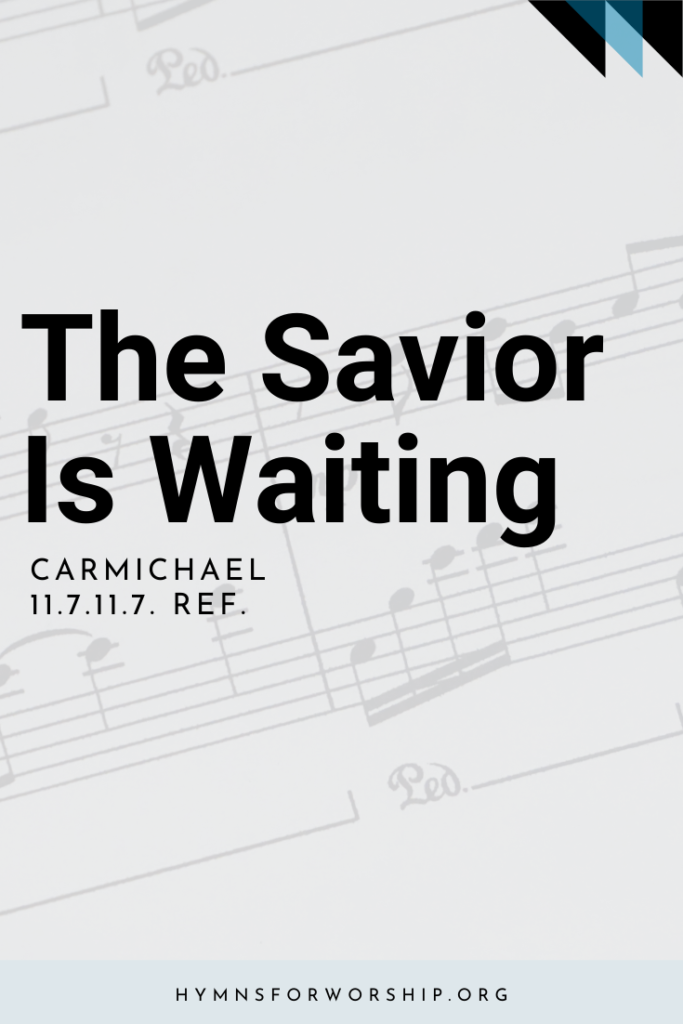WORSHIP >> Adoration & Praise
SDAH 32
When in our music God is glorified,
And adoration leaves no room for pride,
It is as though the whole creation cried:
Alleluia!
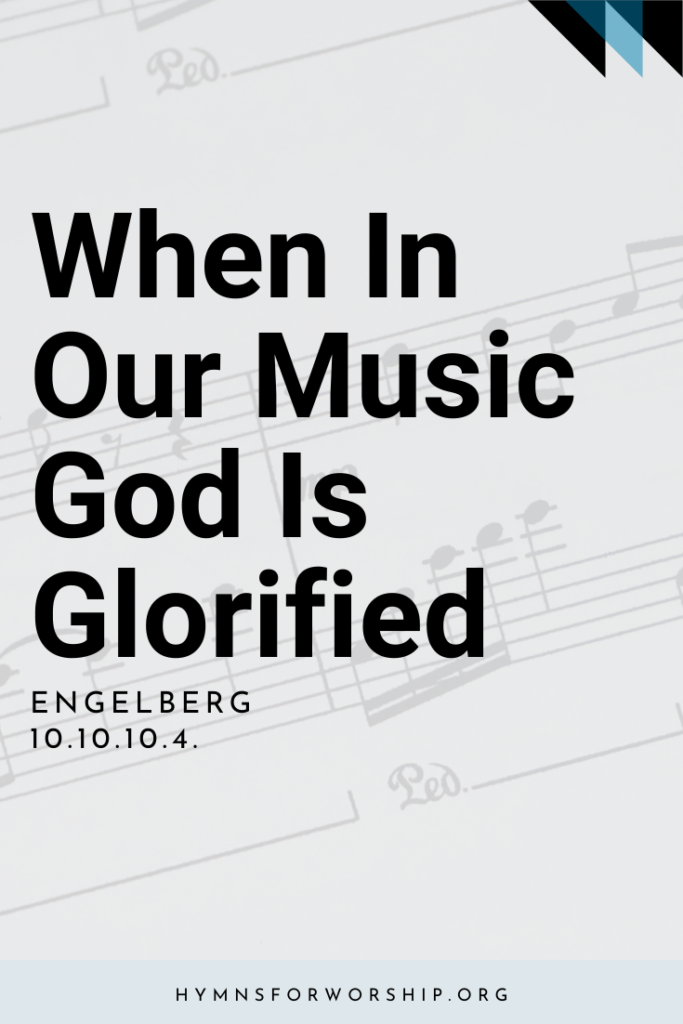

Get the hymn sheet in other keys here
For Worship Leaders
Make each hymn more meaningful with these helpful tools: Short, ready-to-use hymn introductions for church bulletins, multiple ways to introduce a hymn based on your worship theme and in-depth history and insights to enrich your song service.
Hymn Spotlight: When in Our Music God Is Glorified
A hymn celebrating the power of music in worship, When in Our Music God Is Glorified was written in 1972 by Fred Pratt Green at the request of hymnologist John Wilson. Stanza three recalls Mark 14:26, where Jesus and His disciples sang a hymn before going to the Mount of Olives, while stanza four echoes Psalm 150, urging us to praise God with every instrument and voice.
The tune, ENGELBERG, was composed by Charles Villiers Stanford (1852–1924), one of the most influential English church musicians of his time. Originally written for For All the Saints, this sweeping, through-composed melodynearly faded into obscurity until it was revived in the Episcopal Hymnal 1940 and later paired with this text.
Stanford, a child prodigy and professor at Cambridge, shaped the next generation of British composers, including Ralph Vaughan Williams and Gustav Holst. Though his hymn tunes can be musically rich and challenging, ENGELBERG is deeply rewarding for those who take the time to learn it.
As we sing today, may we recognize that music is not just sound, but worship, lifting our hearts, minds, and voices to glorify God!


Text
1
When in our music God is glorified,
And adoration leaves no room for pride,
It is as though the whole creation cried:
Alleluia!
2
How oft, in making music, we have found
A new dimension in the world of sound,
As worship moved us to a more profound
Alleluia!
3
And did not Jesus sing a psalm that night
When utmost evil strove against the light?
Then let us sing for whom He won the fight:
Alleluia!
4
Let every instrument be used for praise;
Let all rejoice who have a voice to raise;
And may God give us faith to sing always:
Alleluia!

Hymn Info
Biblical Reference
(a) Eph 5:19 (c) Mark 14:26 (d) Ps 150:3-5
Author
Fred Pratt Green (1903-2000)
Performance Suggestions
Unison
Copyright
Words copyright 1972 by Hope Publishing Co., Carol Stream, IL 60188. All rights reserved. Used by permission.
Hymn Tune
ENGELBERG
Metrical Number
10.10.10.4.
Composer
Charles V. Stanford (1852-1924)
Theme
ADORATION AND PRAISE

